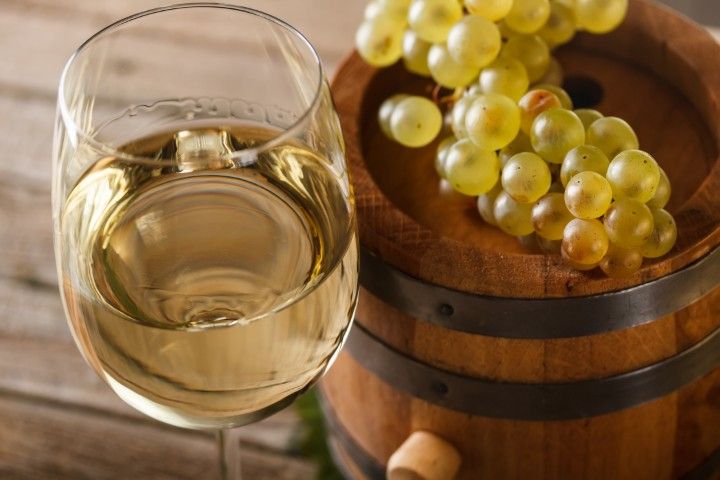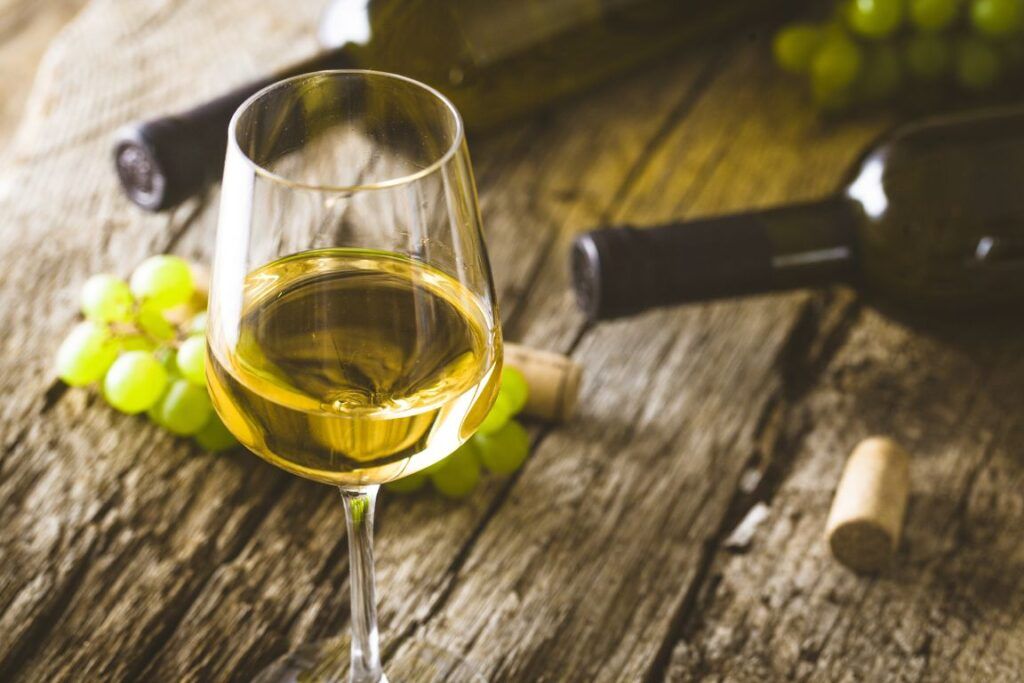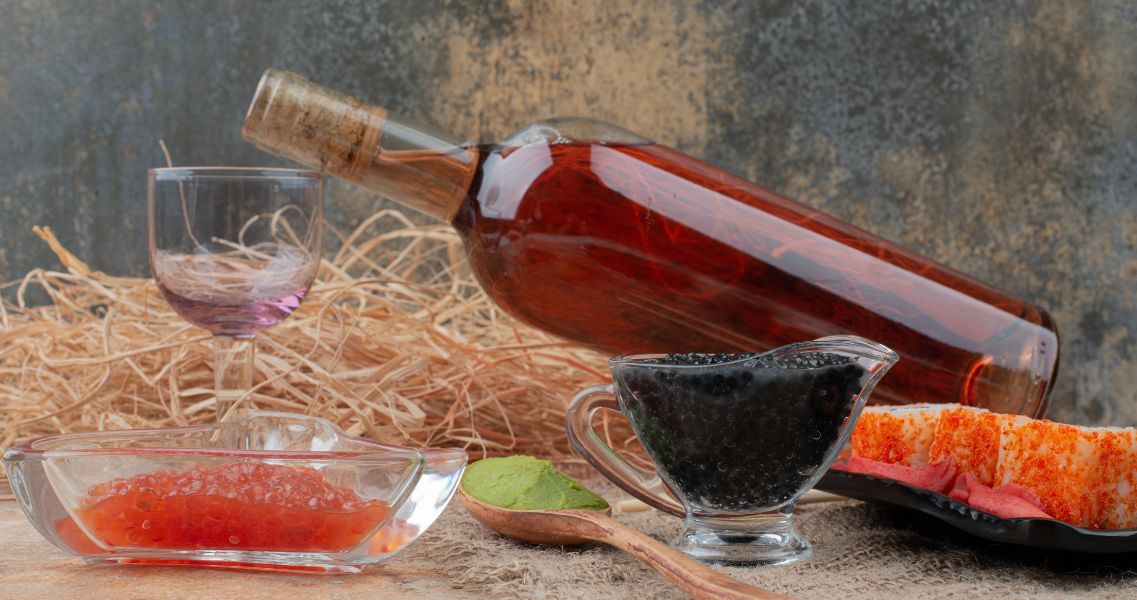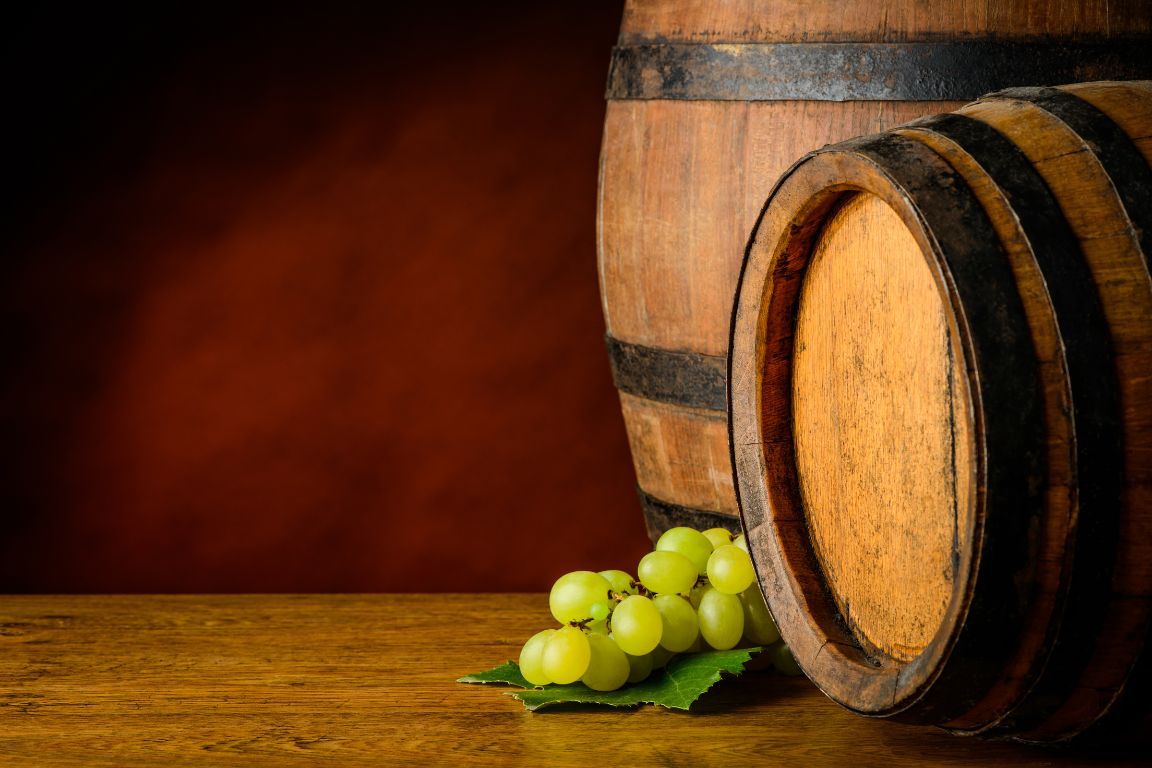The fino wine is one of those varieties many have heard of, but few truly know. What makes it so special? Beyond being a dry wine, its unique production process sets it apart.
At Excellent Cork, as manufacturers of synthetic corks, we explain what fino wine is, how it is produced, and how to enjoy it best.
Definition and characteristics of fino wine
The meaning of fino wine refers to a special category within Andalusia. It originates in the south of Spain, specifically in Jerez. What makes it unique is not only its place of origin, but also its production process and distinctive flavor profile.
Although the term “fino” could be interpreted as an adjective, it is actually a specific classification, and it responds to a series of technical and aging conditions that clearly distinguish it from other styles.
What is a fino wine?
It is a type of dry and delicate white wine, made especially from the Palomino Fino grape variety.
It is characterized by aging under a “flor veil,” a layer of yeasts that interact with the wine and protect it from direct contact with oxygen. Thanks to this process, it acquires its distinctive, delicate, and aromatic flavor.
Main characteristics of fino wine
It has specific features that set it apart from other wines, making it ideal for appetizers and a great companion to a wide variety of dishes.
- Its color is bright yellow with golden and pale hues.
- It has a sharp and delicate aroma, with almond hints and notes of fresh bread dough and wild herbs.
- Its taste is bitter with balanced acidity.
- It has a light to medium body, with a fresh and elegant texture.
Origin and production regions
Its most recognized origin is the triangle formed by Jerez de la Frontera, El Puerto de Santa María, and Sanlúcar de Barrameda, known as the Sherry Triangle, in the Andalusia region.
Moreover, it is also produced in Montilla-Moriles (Córdoba), with specific characteristics due to its climate and grape variety. Each of these regions leaves its distinctive mark on the final product, offering interesting variations within the fino style.
Grape varieties used
The main grape variety used is Palomino Fino, native to the Jerez region. It is also known as Albán, Albar, Listán, Palomina, and Xerez. It is popular for its white color, low acidity, and neutral flavor.
On the other hand, in Montilla-Moriles, the Pedro Ximénez grape is also used, which, although more associated with sweet wines, can be used to produce dry finos due to its high sugar content and natural alcohol level.
Fino wine production process
Its production process is complex and must be carefully regulated at each stage.
It starts with the grape harvest, which is pressed to obtain a clean must. This is fully fermented until it becomes a dry white wine, then wine alcohol is added until it reaches the desired strength, usually around 15% ABV.
Next, it is transferred to American oak barrels, which are filled to five-sixths and stored in the coolest parts of the cellar. Under these conditions, the flor veil develops, a layer of yeast that covers the surface and protects it from air exposure. This biological aging imparts unique aromas and flavors.
The aging takes place using the traditional solera system, where young wines are blended with older ones to maintain consistent quality and flavor over time.
The choice of the right cork also affects the aging of fino wine. Discover our cylindrical bottle corks, precisely designed to preserve the character and aromas of the most delicate wines.
Differences between fino and other fortified wines
As one of the types of fortified wines, it shares some traits, but also differs in many aspects. Key differences include:
- Aging method: fino is aged exclusively under flor veil, known as biological aging. Others, such as oloroso, undergo oxidative aging (in contact with air), which completely changes their profile.
- Taste and aroma profile: its flavor is very dry, with almond and yeast notes and a saline touch. In contrast, oloroso and amontillado wines tend to have more intense sweet or toasted flavors.
- Color and body: fino wine is pale and light, whereas others are usually dark amber with a denser body.
- Alcohol content: this type usually stays around 15%, while other fortified wines may reach 18–20%.
How to enjoy fino wine
Now that you know what fino wine is, let us explain how to properly enjoy this drink. Several details must be considered regarding serving and pairing.
Its taste and aromatic notes are enhanced when served at the right temperature and combined with foods that highlight its nuances.
If you value sustainability in every detail, check out our innovative bio corks, an eco-friendly alternative perfect for wineries committed to the environment without compromising quality.

Temperature and serving method
It should be served very cold, between 7 and 10 degrees, in colorless and thick crystal glasses. With enough capacity to swirl the wine and release its aromas. Once opened, the bottle should be stored in the fridge and consumed soon to preserve its properties.
Recommended pairings
It is perfect as an aperitif and pairs well with many types of food such as:
- Iberian ham and cured meats.
- Seafood and fish, fried or grilled.
- Aged cheeses, such as Manchego.
Frequently asked questions about fino wine
Why is it called “fino wine”?
The term “fino” refers to its classification within Sherry wines, its production process, and its biological aging under the flor veil. It also hints at its delicate and subtle taste and body.
Is fino wine always dry?
Yes, by definition, fino wine is always dry. During production, the yeasts consume almost all residual sugars, resulting in a flavor without any noticeable sweetness.
How long can an open bottle be kept?
Once opened, a bottle can be stored covered and chilled. Still, it is best consumed within a short time, about 3 to 5 days, as its delicate flavors deteriorate upon oxygen exposure.
What’s the difference between a fino and a fino en rama?
The “en rama” variety is a more natural and less filtered version of traditional fino. It is bottled with little to no filtration, preserving more flavor and character.
Can fino wine be used in cooking?
Yes, fino wine is a great ally in cooking. It is used for sauces, marinades, rice dishes, and fish or seafood stews. It can also be used to deglaze meats or vegetables in the pan and to enrich broths.




